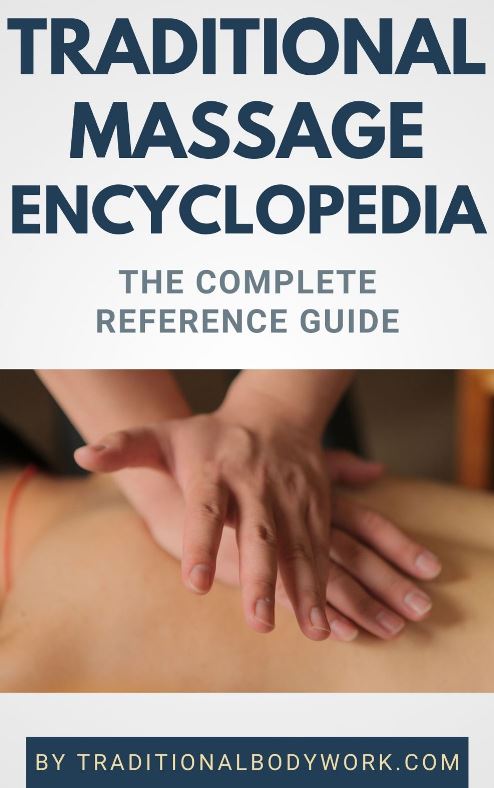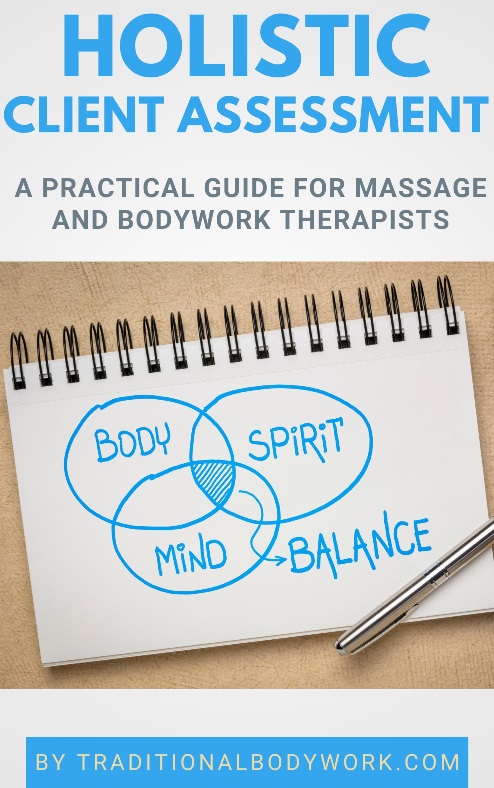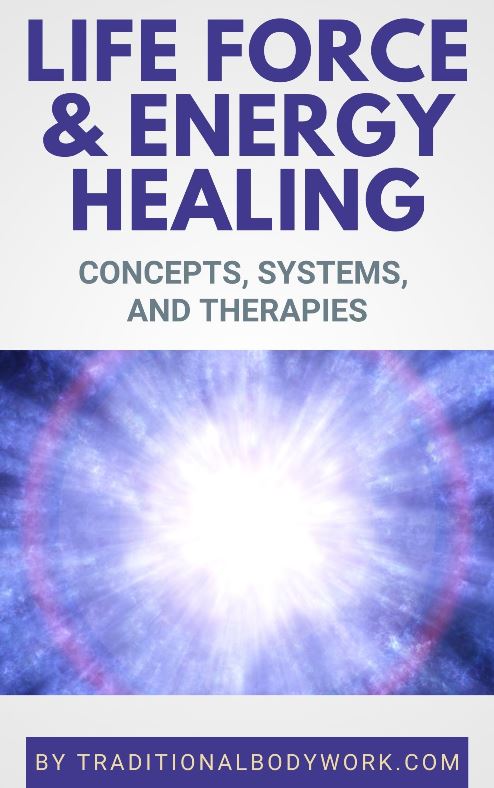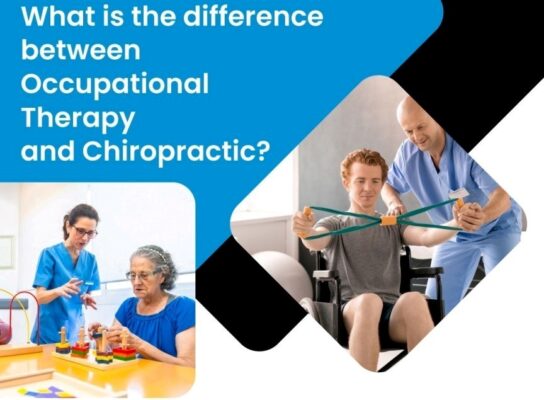
Chronic pain affects the quality of life for over 20% of the U.S. population. Knowing one in five people live with similar challenges may offer little comfort when you’re facing pain daily. Even if you’re not yet ready for expert care, understanding your condition and taking steps to manage your chronic joint pain safely and effectively is crucial.
The way you experience and manage pain depends on your health history and mindset, according to Dr. Brandon Claflin, a Physical Medicine & Rehabilitation physician specializing in pain management. Dr. Claflin believes that exceptional pain care blends science and compassion — combining diagnostics, physical exams, and an awareness of emotional and social factors to see the whole picture. He offers a clear philosophy of pain management, treatment options, and lifestyle strategies for long-term pain control.
What Causes Chronic Joint Pain?
Joint pain often results from wear and tear, inflammation, or injury. Some of the most common causes of joint pain include:
- Rheumatoid Arthritis (RA): RA is an autoimmune condition in which the body’s immune system mistakenly attacks the joints, leading to swelling, pain, and sometimes joint deformity.
- Osteoarthritis: This is the most common form of arthritis caused by a breakdown in protective cartilage between bones. Joints become stiff, painful, and rigid.
- Bursitis: Caused by overuse or repetitive motion, bursitis is the inflammation of the fluid-filled sacs that cushion your joints.
- Tendinitis: This condition occurs when tendons connecting muscles to bones become inflamed due to strain or overuse. Shoulders, elbows, or heels are common areas of pain.
- Gout: Gout is a build-up of uric acid crystals in a joint, causing sudden, intense pain and swelling.
Ongoing pain may require surgery, but other options are available before you need to consult with an orthopedic surgeon.
A Comprehensive Approach to Chronic Joint Pain
Chronic joint pain is complex and requires a holistic approach for relief. It’s a physical disruption that impacts your life with psychological effects, often exacerbated by extended life struggles, such as:
- Mental health
- Personal health history
- Trauma
- Chronic illness
- Financial hardship
- Stigma
- Cultural beliefs
Expert care that supports your long-term well-being is best when seeking pain relief and restoring daily functions. Dr. Claflin’s approach extends beyond pain management procedures and medications. He acknowledges the importance of mental health and teams with patients to include strategies and lifestyle habits that support emotional resilience.
Steps to Managing Chronic Joint Pain According to Dr. Claflin
Managing joint pain effectively requires more than just treating symptoms — it means identifying the root cause with the help of an attentive team of specialists. Often, there isn’t a single solution, and to experience a more active life, you need to consider diagnostics, various treatment options, and lifestyle strategies.
Here are the key steps in Dr. Claflin’s approach to managing chronic joint pain:
Seek Expert Diagnostic Approaches
An evaluation with your pain specialist should begin with a thorough discussion. Expert diagnostics include:
- Discuss your medical history, when pain began, possible causes, and how it’s changed.
- Physical exam to assess movement, mobility, and signs of nerve irritation.
- Imaging and lab tests, such as X-rays, MRIs, or blood tests, are used to find the source of pain.
There are times when you’ll need further evaluation or collaboration with other specialists. Together, the goal is to reduce your pain and see progress in your mobility. Once you understand the underlying issue, you can discuss treatment options with your doctor.
Explore Treatment Options
Over-the-counter medications, muscle relaxants, and physical therapy are often first-line treatments for pain relief. Doctors may prescribe opiates under extreme conditions, but only for limited amounts of time, and under discretion.
The following treatments are evidence-based strategies for pain relief:
- Radiofrequency Ablation (RFA): Uses heat to interrupt pain signals from specific nerves, providing longer-term relief for chronic joint or spine pain.
- Epidural Steroid Injection (ESI): Delivers a small dose of anti-inflammatory medication near the affected nerve to reduce swelling and pain.
- Medial Branch Block: Injects a numbing medication near the nerves that carry pain signals from the facet joints to identify and relieve pain.
- Joint Injection: Targets inflamed joints (such as the knee, hip, or shoulder) with corticosteroids or other medications to decrease pain and improve movement.
- Nerve Block: Temporarily numbs a specific nerve or group of nerves to interrupt pain signals and help pinpoint the source of pain.
Studies show that combining complementary therapies with standard medical treatments can result in nearly three times greater pain relief and functional improvement than conventional care alone. Discuss these options with your doctor.
After addressing pain through interventional treatments, the next step is to focus on lifestyle changes that maintain joint strength and mobility.
Implement Preventive Lifestyle Strategies
Dr. Claflin emphasizes that lasting pain relief requires more than procedures alone. Managing your chronic joint pain involves consistent attention to movement, posture, and overall wellness. Incorporate these lifestyle habits into your everyday routine:
- Exercise: Stay active with low-impact, joint-friendly routines.
- Sleep: Support recovery with proper sleep positions and a quality mattress.
- Nutrition and weight management: Reduce inflammation and joint pressure through balanced eating and healthy weight management.
- Ergonomics: Protect joints by improving posture and adjusting your workspace setup.
- Stress management: Manage stress and prioritize mental well-being.
Moving Forward With The Right Approach to Joint Pain
Chronic joint pain might limit your life, but relief is possible with comprehensive care. Proper pain management goes beyond medication; it starts with understanding the cause, using diagnostics and treatments, and supporting recovery through healthy habits.
If pain continues despite home care or therapy, consult a board-certified pain specialist like Dr. Brandon Claflin of Oklahoma to provide personalized, evidence-based treatment to help you move comfortably again.
Sources:
- Pain Assessment – PubMed
- Complementary, alternative, and integrative medicine therapies for knee osteoarthritis: a visual analytics analysis of the research domain | Frontiers in Medicine
- Joint Pain: Causes & Treatment
- How does chronic psychosocial distress induce pain? Focus on neuroinflammation and neuroplasticity changes – PMC




















